As Personal Injury Lawyers in Las Vegas, Nevada we offer free consultations.
Call (702) 851-2180 Today – We also can help you with your case on a contingency fee which means that not only is the consultation with a personal injury lawyer free – but the representation during the case costs you no money out of your pocket until we can win you an award.
OUR MISSION IS SIMPLE – Commitment To Excellence
The Bourassa Law Group, LLC provides cost-effective legal solutions across Las Vegas, combining extensive legal expertise, a focus on our clients’ individualized needs, a relaxed office culture, attorneys and staff doing work they love, and a strong commitment to excellence.
At The Bourassa Law Group our track record of success comes as a result of legal services in Nevada that go above and beyond to meet our clients’ needs. Our firm promises a highly-satisfactory customer service experience given our extensive legal experience and skill set, focus on delivering personalized care and attention, passionate attorneys and staff, and strong commitment to helping victims secure the recovery they need to begin healing.
The personal injury attorneys of The Bourassa Law Group are able to provide unmatched legal aid in the Las Vegas metro area as well as throughout the states of Arizona, California, Colorado, and Nevada.
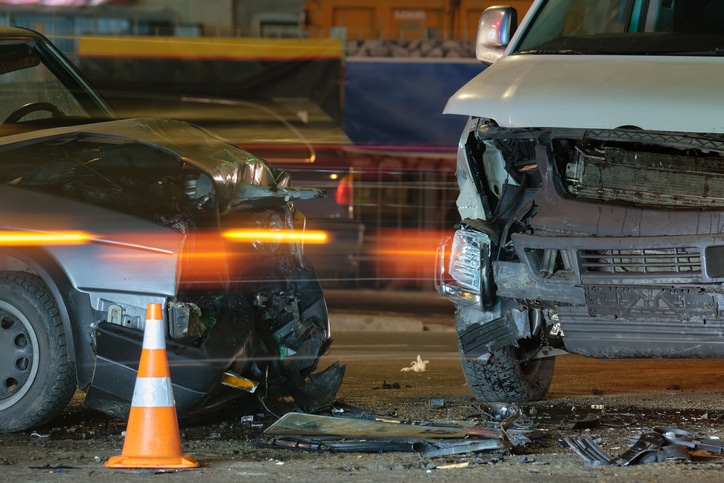
LAS VEGAS PERSONAL INJURY ATTTORNEYS
If you or someone you love has been seriously injured in the Las Vegas area due to someone else’s negligence, you need a qualified personal injury lawyer who will fight for the compensation you deserve. The personal injury attorneys at The Bourassa Law Group are strong advocates for people in Las Vegas and throughout Nevada who have been hurt due to negligence or disregard for the safety of others.
The staff at The Bourassa Law Group will do everything they can to make sure you get the maximum compensation you deserve. Our goal is to help you regain financial stability, pay all of your medical expenses, and get your life back on track. Our highly skilled legal team understands how difficult it can be to deal with a life-altering accident. We are committed to helping you get the compensation you need to get your life back on track through expert legal services.
At The Bourassa Law Group, we understand what a serious decision it is in choosing a lawyer. This is why we work harder than the competition to earn your trust. If you have suffered a serious injury in the greater Las Vegas area, call us today at (702)851-2180 to find skilled and compassionate attorneys. We work on a contingency fee basis, which means we won’t charge any legal fees until you get a reward.
GET LEGAL HELP NOW – From a Personal Injury Law Firm
- Truck Accidents
- Car Accidents
- Wrongful Death
- Dog Bite
- Ride share Accidents
- Bicycle Accidents
- Motorcycle Accidents
- Premises Liability
- Brain Injury
- Burn Injuries
- Spinal Cord Injury
- Slip and Fall
- Pedestrian Accident
- Slip, Trip and Fall
How The Bourassa Law Group Can Help You
A serious personal injury can leave you with physical, mental, and emotional pain, as well as numerous financial issues. The trauma associated with a personal injury can leave you feeling helpless and uncertain about your future.
The Bourassa Law Group is here to help. Our Las Vegas personal injury lawyers have built a reputation as some of the most as most skilled lawyers in the state of Nevada. We have a deep knowledge of Nevada personal injury laws and the state and federal court system.
Our founding attorney Mark J. Bourassa focuses on representing injured people through litigation and trial work in civil matters. Prior to starting The Bourassa Law Group, Mr. Bourassa was a partner in the Las Vegas office of a multi-jurisdictional law firm with litigation practice in complex multi-party tort litigation, product liability claims, and general liability litigation.
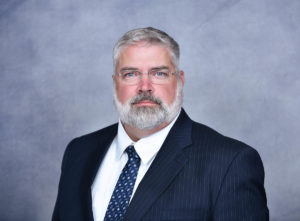
Throughout his career, Mr. Bourassa has successfully litigated and resolved millions of dollars in claims ranging from single-claimant personal injury lawsuits to complex multi-party tort litigation. A graduate of the Pepperdine University School of Law, Mr. Bourassa is admitted to practice in all State Courts in Nevada, Arizona, and California. Mr. Bourassa is also admitted to practice in the United States District Courts for the Districts of Nevada, Northern California, Central California, Colorado, and New Mexico.
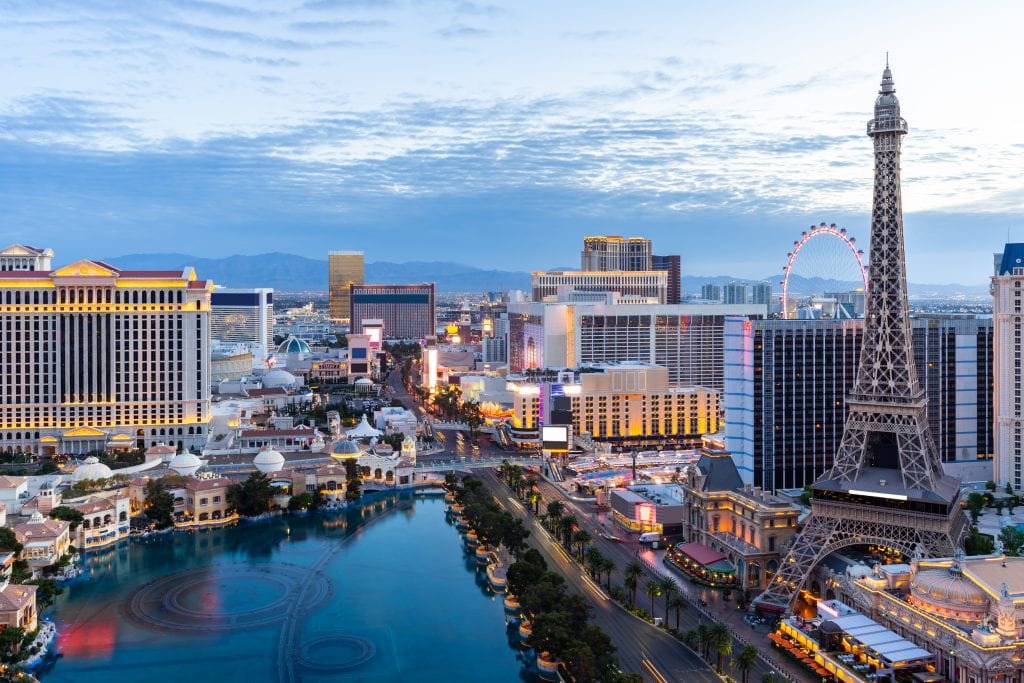
Personal Injury Cases We Handle
With a personal injury claim, the plaintiff aims to secure financial recovery from the defendant for the damages suffered from the incident. The Bourassa Law Group trial lawyers are prepared to deliver personalized care if you have been injured in any of the following types of personal injuries and give you personalized legal advice:
- Car accident
- Bicycle accident
- Pedestrian accident
- Motorcycle accident
- Truck accident
- Brain injury
- Burn injury
- Dog bite
- Premises liability
- Product liability
- Rideshare accident
- Slip, trip, and fall
- Spinal cord injury
- Medical malpractice
- Wrongful death
Allow the skilled and compassionate personal injury lawyers at The Bourassa Law Group to guide you during these difficult times. We will work hard to build the strongest case possible for you, so that you will be in a position to recover the full and fair compensation you deserve.
Common Injuries Suffered in a Personal Injury Case
Common injuries involved in personal injury cases include:
- Traumatic brain injuries
- Neck injuries
- Spinal cord injuries
- Back injuries
- Fractures Burns
- Amputations
- Internal organ damage
- Soft tissue injuries
- Nerve damage
- Emotional trauma
In the worst-case scenarios with more severe injuries, individuals may succumb to their injuries after a particularly devastating accident. When this happens, the surviving family members could seek compensation and justice through a wrongful death claim.
Our attorneys have extensive experience helping grieving families get a measure of justice and some closure after a fatal accident caused by negligence or an intentional act, so don’t hesitate to reach out to us for help.
Know your rights. Do NOT suffer in silence. Do NOT trust any other law firm to fight for you like we can. Contact our Las Vegas personal injury attorneys right now at (702) 851-2180 for a FREE consultation.
Important Pieces of Evidence You Need For Your Personal Injury Claim
The right evidence and documentation can mean the difference between getting a recovery for your personal injury claim and no recovery at all. The evidence you need will depend on the facts and circumstances of your particular claim, so it’s critical to work with a skilled Las Vegas personal injury attorney to determine your exact needs. Here are some important pieces you need for your claim:
1. Police Reports
If law enforcement come to the scene of the accident, they most likely made a report. Get a copy of the report or once you retain our firm, we can obtain it for you.
Police who respond to the accident are typically an important part of building your case against negligent parties. They collect evidence at the scene and gather witness information useful when filing suit. A qualified personal injury lawyer can use this information to get new leads and collect even more evidence. They may also need to assist in any criminal defense of secondary charges related to the accident which a personal injury attorney may have to assist with.
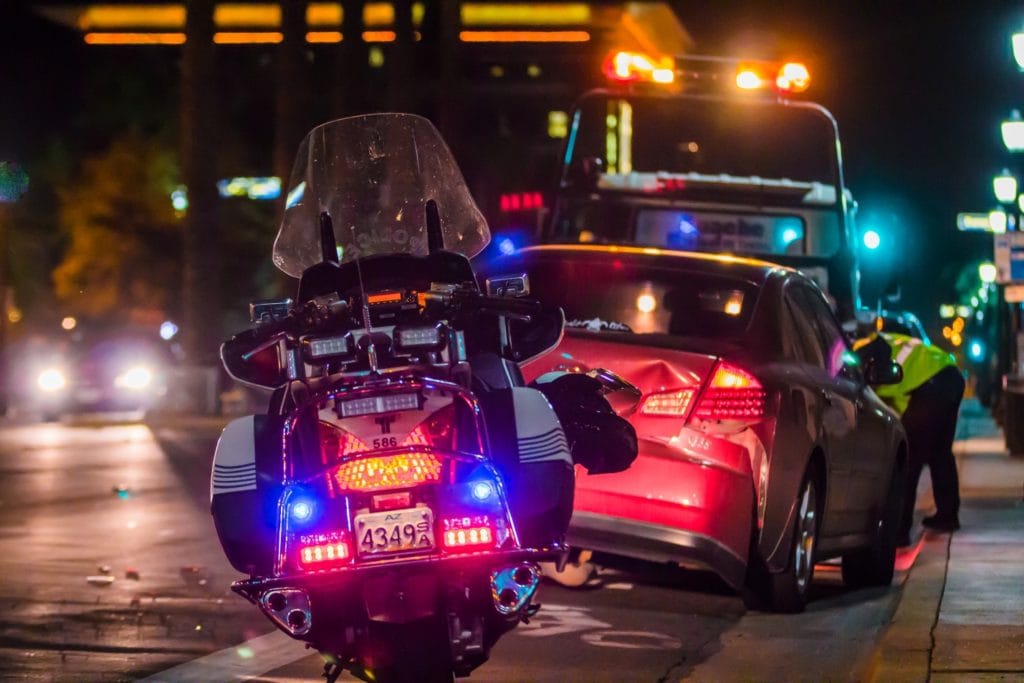
2. Physical Evidence
This evidence can show you that you sustained injuries as well as the severity of those injuries. Examples of physical evidence include damaged property and bloody clothing. This evidence can be very effective for your personal injury attorney at proving your claim.
However, some physical evidence can be lost if it’s not collected right after the accident. The Las Vegas personal injury attorneys at The Bourassa Law Group can draft a legal letter preventing the liable party from destroying evidence.
3. Photos
Photographs of anything related to the accident are critical for your case. Photos of your injuries, vehicles involved in the accident, equipment at the scene, roads, or another location where your injuries took place are all important. It’s highly recommended that you take plenty of photos from various angles and distances.
Photos can shed light on things that you might not have noticed about your injuries in the immediate aftermath of the accident. It’s advisable that you continue to take photos of your injuries periodically as you recover.
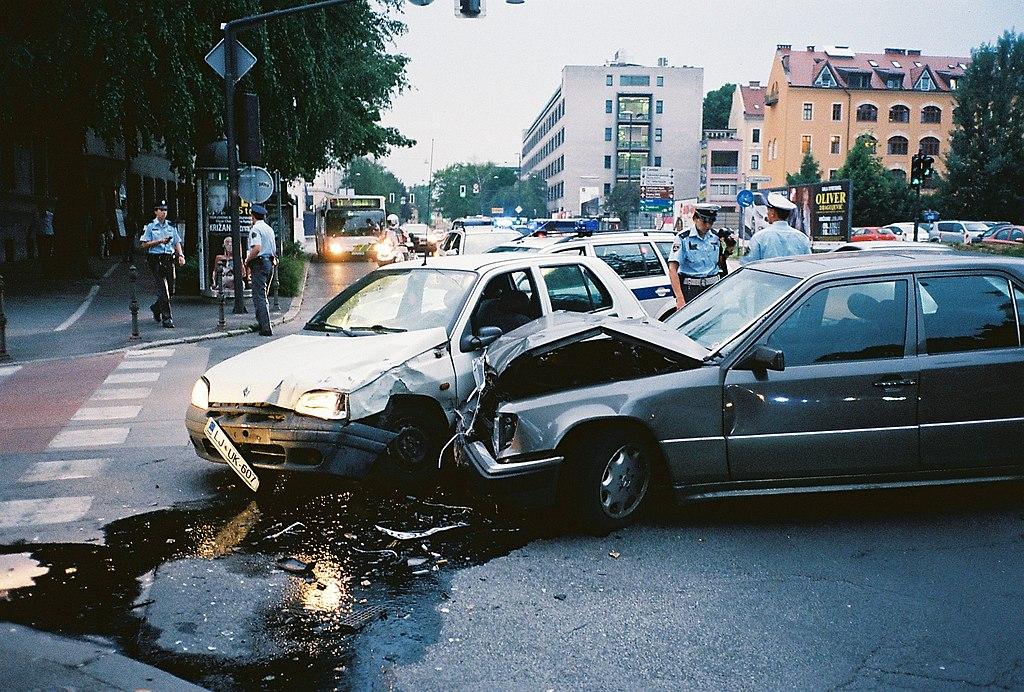
4. Witness Statements and Notes
If you are physically able to, ask any eyewitnesses for their name and contact information so your attorney can gather statements from them. Keep notes that chronicle your recovery process and details about your injuries.
5. Medical Records
Obtain medical records from the doctors and other healthcare providers who provide medical treatment to you, including but not limited to:
- Hospital
- Emergency room
- Primary care providers
- Physical therapists/occupational therapists
- Psychologists/psychiatrists
- Specialists
- Diagnostic centers
- Surgical centers
Be sure to hold on to all medical bills, hospital statements, receipts, prescriptions, and treatment documentation you may receive.
6. Insurance Information
If an insurance company is involved in your case, it’s critical that you retain any correspondence that you receive from the insurer. Taking notes during conversations with an insurance adjuster can help safeguard you from bad faith actions taken by the insurer. When dealing with your own insurance company, you’ll need documentation of your insurance provider and your policy information. Personal injuries will be evaluated by both parties and need to be well documented for your personal injury attorney to be able to help get financial compensation for.
7. Document Lost Wages
If the injury you suffer from your accident prevents you from performing your job duties, you may lose income. Because you are entitled to recovery of lost wages, it’s important that you collect evidence that demonstrates how much you’ve lost since suffering your injury. Be sure to provide any documentation to your employer that makes note of your inability to work. Also, make sure to request documentation that says how much you are losing in wages.
Compensation For Your Injury
Because no two personal injury claims are alike, it’s difficult to say what your exact amount of compensation will be. The amount of compensation you are able to recover will depend on the physical, mental, and financial damages you have sustained.
Rest assured that the Las Vegas personal injury lawyers at The Bourassa Law Group will fight tirelessly to help secure the following types of compensation for you:
- Medical Expenses – Our attorneys will fight for compensation to cover past and future medical bills associated with your injury.
- Loss of Income and Earning Capacity – Recovery for any lost or future wages if you are unable to work because of your injuries.
- Property Damage – If your property was damaged, such as in a vehicle accident, we will help recover compensation to repair or replace, a personal injury attorney is skilled at quantifying these damages to insurance adjusters.
- Pain and Suffering – Damages intended to help cover quality of life changes.
- Loss of Consortium –Helps cover injuries that affect a victim’s ability to interact with their family.
- Property damage, including compensation to repair damaged property or the cash value of destroyed property
- Physical Impairment – Paid to accident victims who suffer quality of life issues.
- Disfigurement – If your injury caused a major change to your physical appearance and affects your life, disfigurement damages may be obtained.
- Emotional Distress – Emotional trauma can be just as serious as physical damages. Compensation can be recovered for these damages.
The Bourassa Law Group personal injury attorneys are ready to help you get the full and fair compensation you are owed so you can focus on what’s most important: your recovery. Contact now at (702)851-2180 for a free and confidential consultation.
VERDICTS & SETTLEMENTS
Recovered over $100 million on behalf of victims of personal injury over the course of 12 years in practice.
See All ResultsCommitted Las Vegas Personal Injury Attorneys Ready to Deliver Results
The dedicated Las Vegas personal injury attorneys at The Bourassa Law Group take pride in helping those who are struggling to move forward after injuries have turned their lives upside down. If you have been seriously hurt in an accident that was another party’s fault, you may be dealing with a high level of financial stress. This could be because you have had to miss work and the medical bills are piling up. Allow the skilled and compassionate attorneys at The Bourassa Law Group to help you get through this difficult time.
If you or a loved one has been injured in an accident in Las Vegas, you have a personal injury case and should call us today at (702)851-2180 to schedule a free, no-obligation consultation so we can discuss your legal options at our law firm. We handle personal injury cases on a contingency fee basis, which means there won’t be any attorneys’ fees unless we secure a settlement for you. You need personal injury attorneys who are not afraid to litigate your case to secure the maximum settlement possible.
Our Law Firm is conveniently located in central Las Vegas and close to the courts.
FREQUENTLY ASKED QUESTIONS
The questions you should ask may vary depending on your claim, but in general, they include the following:
- How long have you been practicing personal injury law?
- What is your success rate in personal injury cases?
- How will my case be handled and what is the estimated timeline?
- What types of damages am I entitled to receive?
- Are there any potential risks or downsides to pursuing a personal injury claim?
- Do you have any references from past clients I can contact?
- How much do you charge for your services, and what payment options are available?
The statute of limitations for filing a personal injury lawsuit varies from state to state. Generally, you may have anywhere from one to three years from the date of the injury to file a lawsuit depending on the state you live in. The most common answer is two years However, it is important to check the laws in your state as they may vary.
Yes, if you have been injured due to someone else’s negligence, it is important to hire a personal injury attorney to help you receive the compensation you deserve. A personal injury attorney can help you navigate the legal process and ensure that your rights are protected. The at fault party will have an insurance company and a team of people behind them as soon as they learn about a claim. Don’t you deserve someone on your side?
There are many reasons why a personal injury lawyer may not take your case. It could be that the lawyer does not specialize in the type of injury you have, or that the lawyer does not feel confident in their ability to win the case. It could also be that the lawyer does not believe that the case is worth pursuing, or that the lawyer does not think they will be able to recover enough money to make it worth their time. Additionally, the lawyer may feel that there is not enough evidence to prove your case.
A personal injury claim can be brought on the grounds of negligence, breach of statutory duty, or breach of contract. Negligence is when a person or entity fails to take reasonable care to avoid causing harm to another person. Breach of statutory duty is when a person or entity fails to comply with a law or regulation that is meant to protect people from harm. Breach of contract is when a person or entity does not fulfill the terms of an agreement that was made between two parties.


